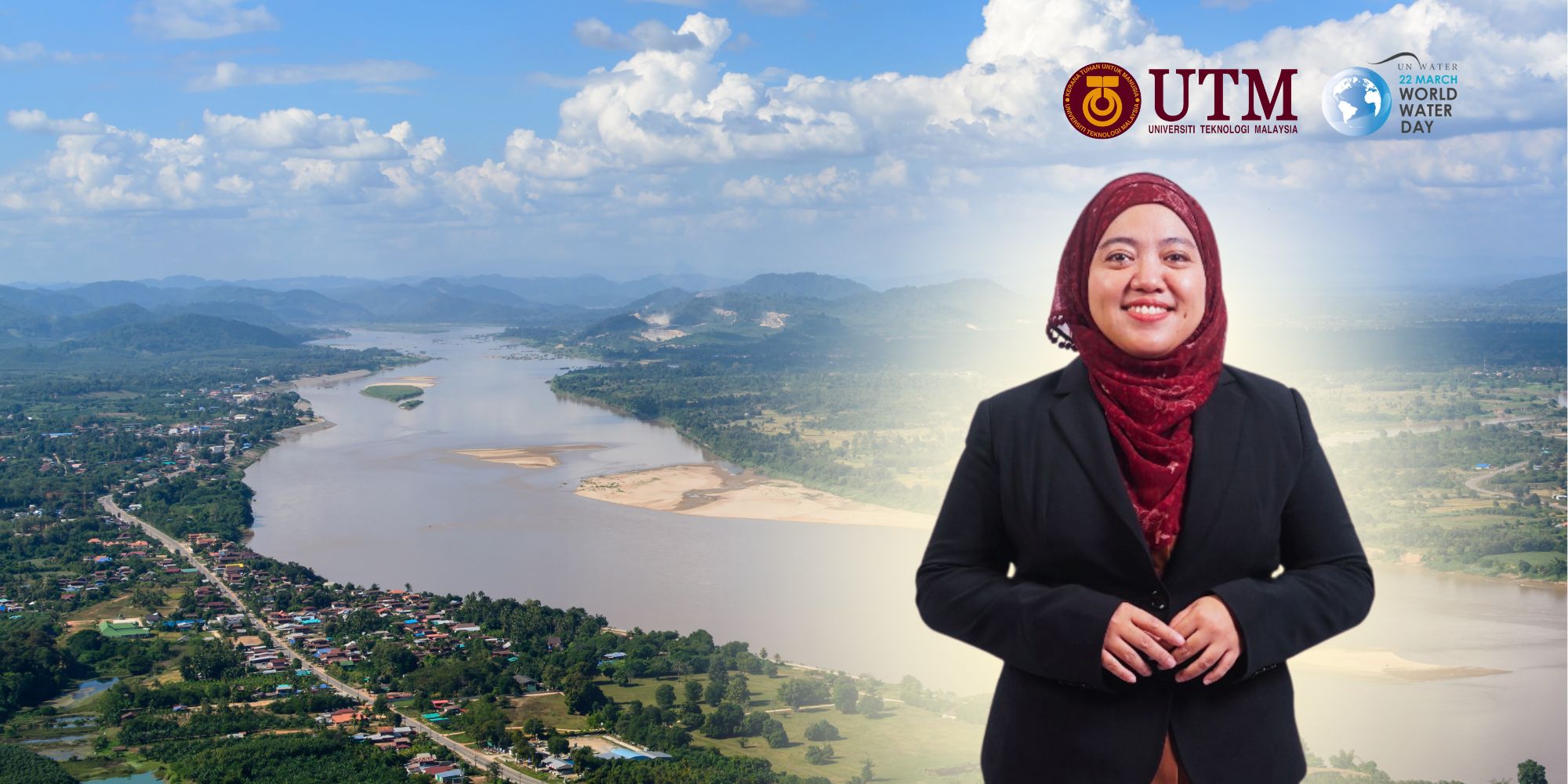Malaysia is part of the Southeast Asia region – one of the most culturally and ethnically diverse regions in the world. The stability of the region is due to the establishment of the Association of Southeast Asian Nations (ASEAN), whose main objectives are to accelerate economic growth, social progress and cultural development in the region and to promote regional peace and stability. Although ASEAN was initially founded to contain communism after the Second World War, its function was later focused on economic growth. The theme of this year’s World Water Day 2024 relates to the cooperation among ASEAN countries in sharing the most important resource for humans – “Water for Peace”.
The cooperation between Malaysia and Singapore is an example of successful and peaceful water-sharing and management practices. Several agreements have been signed since 1927, spanning 100 years of history. The agreement stipulated that Singapore would lease a piece of land for water extraction, treat it and return a portion of it to the State and Territory of Johor. The agreement continued with further updated peaceful agreements until Singapore’s separation from Malaya. Since then, Singapore has been able to invest in cutting-edge water treatment technology – slowly achieving water resource independence and self-sufficiency. The technology includes reclaimed water (NEWater) and treated sea water (desalination).
Another important example of cooperation between ASEAN countries is the sharing of one of the longest rivers in the world – the Mekong River. The name originally comes from the word Mae Nam Khong, which means “mother of waters”. The Mekong River is transboundary in East Asia and Southeast Asia. It is the twelfth-longest river in the world and the third-longest in Asia. It stretches up to 4,350 kilometres and has a river basin area of 810,000 square kilometres. The countries that share this precious river are China, Myanmar, Laos, Thailand, Cambodia and Vietnam. The upper basin of the river is steep and narrow, and soil erosion is a major problem due to the high demand for natural resources in China. Interestingly, the Mekong river’s catchment area opens up downstream towards the Indochina region. The floodplain becomes wider, opening up the river’s width and the flow slows downstream. As most countries along the lower Mekong River are dependent on agriculture, land use changes due to agricultural activities and other urbanisation have affected the hydrological changes of the river and its water quality. The river delta is located in Vietnam, where agricultural expansion and population pressure are the main reasons for land use and landscape change. Drought and flooding have occurred in the delta, as it is most sensitive to hydrological changes upstream. Dams and human activities in the upstream area of the river contribute to natural hazards.
Due to the negative impact of human activities on the Mekong River and to sustainably promote the economic growth of the river, agreements, cooperation and research centres have been established. The ASEAN-Mekong Basin Development Cooperation (AMBDC) was established to promote the economically sound and sustainable development of the Mekong Basin and to strengthen the interconnections and economic linkages between ASEAN member countries and the Mekong riparian countries.
In addition to the AMBDC, the Mekong River Commission (MRC) was also established in Laos to promote and coordinate the sustainable development and management of water and related resources for the mutual benefit and welfare of the people in the Mekong River Basin. The MRC has won the “International River Prize” for its basin management work. The MRC’s core functions include river basin monitoring (water level, flow, quality, sediment, ecological health, fisheries, and social impacts), forecasting (flood and drought), data and information management, analysis and assessment, basin planning, implementation of MRC procedures, and dialogue and facilitation. In addition, the establishment of the Mekong Development Research Institute (MDRI) in Vietnam has led to cooperation between ASEAN countries and other countries working to protect local communities and the environment through research and consultancies.
It is important to note here that strong engagement and cooperation between countries will contribute to a positive impact on the community and the economy. Understanding different cultures and shared values in preserving water, the environment and human lives is of great importance to Water for Peace.
Dr. Nor Eliza Alias is a Senior Lecturer at the Department of Water and Environmental Engineering, Faculty of Civil Engineering, Universiti Teknologi Malaysia (UTM). She is a recognized expert in hydrology and water resources, with a special emphasis on excessive rainfall, tsunamis, disasters, and the effects of climate change.
Dr. Nor Eliza is a Research Fellow at the Centre for Environmental Sustainability and Water Security (IPASA) and the leader of the Hydraulics and Hydrology Research Group. Her research interests include statistical analysis of hydrological data, predicted maximum precipitation, and flood modeling.

